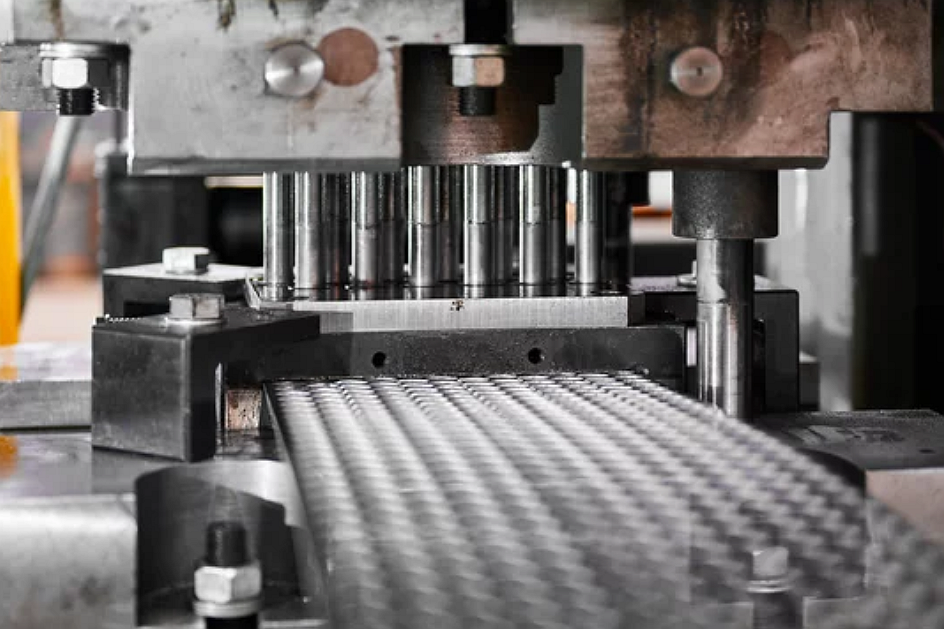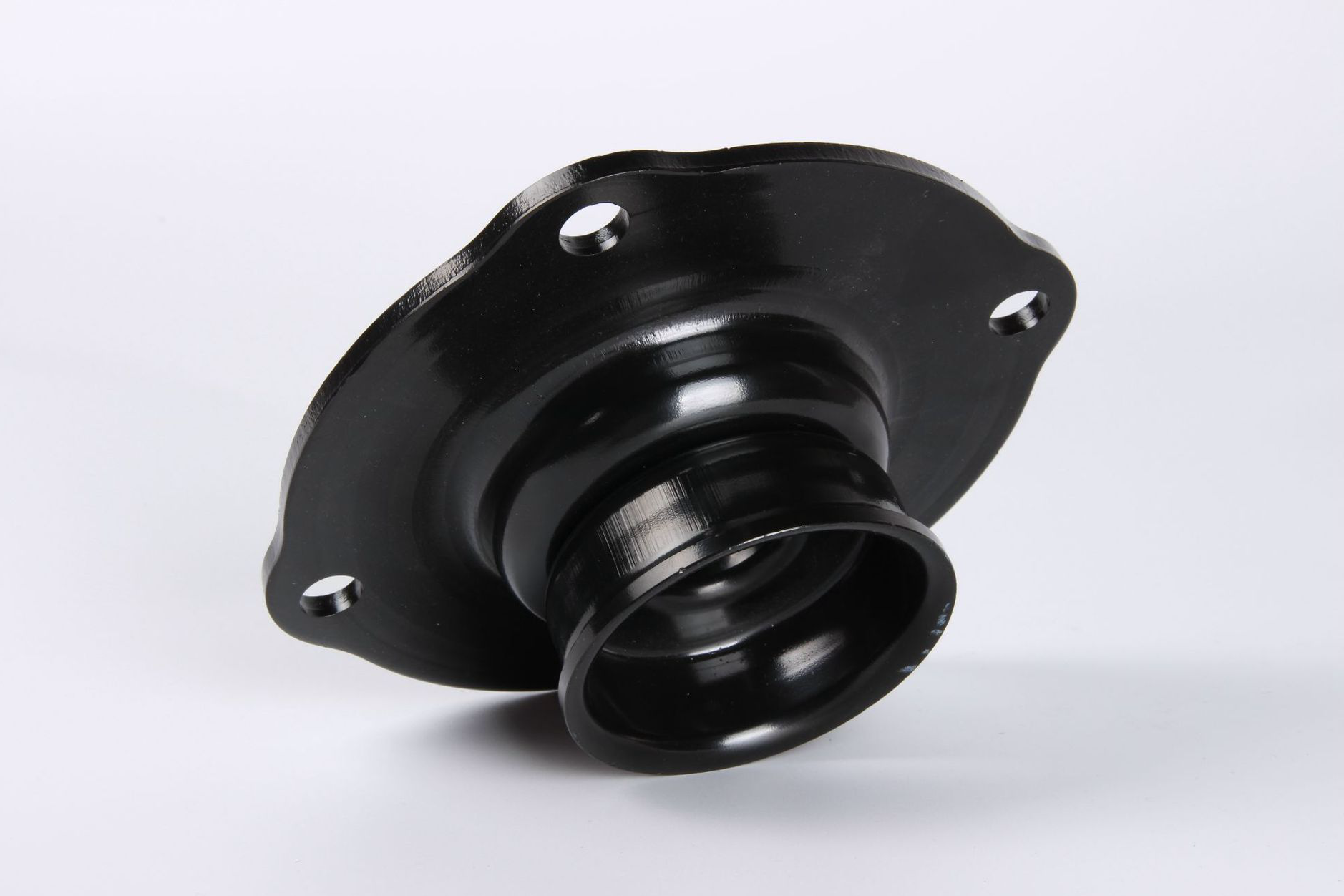What factors influence the choice of materials for sheet metal stamping?
What Factors Influence the Choice of Materials for Sheet Metal Stamping?
Key Considerations in Material Selection
Selecting the right material for sheet metal stamping is crucial for ensuring part functionality, cost-efficiency, and manufacturability. The decision must account for mechanical performance, surface finish requirements, forming behavior, and compatibility with downstream processes like welding or coating.
1. Mechanical Properties
The application’s structural and functional requirements dictate material strength, ductility, and hardness:
Low carbon steel like AISI 1010 is widely used due to good formability and cost.
High-strength low-alloy steels (HSLA) are selected for parts needing strength-to-weight efficiency (e.g., automotive frames).
Stainless steel (e.g., 304 or 316L) is used for corrosion resistance and aesthetic applications.
2. Formability and Thickness
Good formability minimizes cracking, wrinkling, or springback during deep drawing or bending. Materials such as:
Aluminum alloys (e.g., 5052) offer excellent formability and weight reduction benefits.
Copper alloys like brass are suitable for complex shapes requiring conductivity and malleability.
3. Cost and Availability
Material pricing, global sourcing logistics, and scrap utilization rates affect total cost:
Mild steels and aluminum are more economical for high-volume production.
Exotic alloys like Inconel or Titanium are used only where performance outweighs cost.
4. Surface Finish Requirements
Parts requiring painting, coating, or tight visual tolerances must have uniform grain and surface consistency. For instance:
Electro-galvanized steels are used where corrosion resistance and appearance matter.
Alumina-coated materials or treated stainless variants reduce secondary finishing needs.
5. Post-Processing Compatibility
Stamping materials must align with operations like spot welding, plating, or forming. Poor compatibility may lead to cracking or surface degradation.
6. Design Requirements
Thin-walled or multi-stage progressive stamped parts may require tailored properties:
Yield strength affects springback control.
Elongation percentage influences drawability.
Grain direction must align with bending zones for high-precision parts.
Supporting Services for Optimal Material and Design Integration
Neway provides comprehensive support for stamped part manufacturing, including:
Material Consultation to align alloy choice with cost and performance.
Prototyping Services to test formability and tolerance early.
Sheet Metal Fabrication and Laser Cutting to prepare material blanks efficiently.
With ±0.01mm stamping precision and 20+ years of process expertise, we ensure optimal material selection aligned with your production needs.



